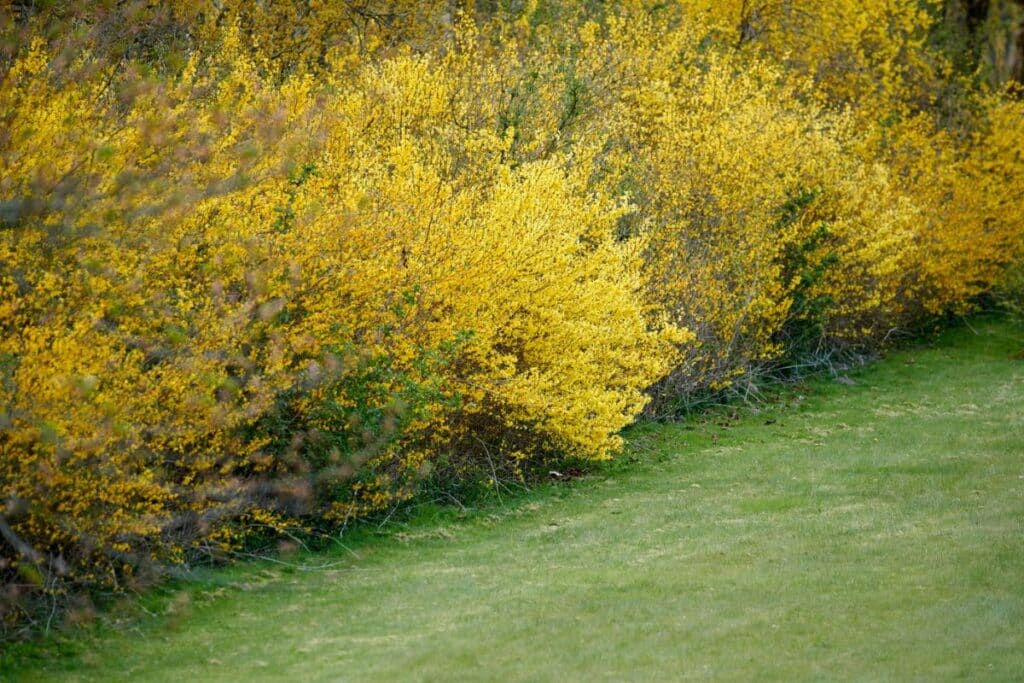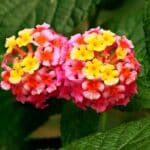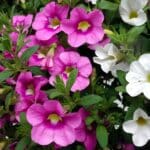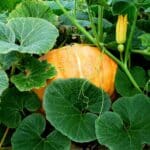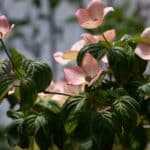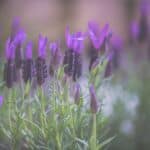Forsythia shrubs look their best when paired with companion plants that have contrasting colors. In this guide, we are going to take a look at the best plants to pair with your forsythia plants.
What Are Forsythia Plants?
Forsythia plants (Forsythia x intermedia) are a member of the olive family with 11 different varieties. This shrub is commonly used as a backdrop in gardens. The deciduous shrub is at its most beautiful during early spring when it produces a mass of yellow flowers all over.
After blooming, the flowering plants create a vibrant green backdrop throughout summer. These brushes can, however, look a bit pale and dead during wintertime when all of the leaves have fallen off.
Forsythias are usually paired with contrasting plant species that can either enhance the bush’s appearance during wintertime or complement the brilliant yellow blooms during spring.
It is usually best to choose flowering plants with contrasting colors and dense foliage when you plant forsythia.
In this guide, we are going to discuss the best plants to add in front of or around your forsythia shrubs.
What to Plant With Forsythias?
Forsythias are hardy shrubs that love full sun and can grow in just about any type of soil with acceptance to wet soil.
The flowering shrubs are often used to create privacy fencing during summer and fall, to conceal unattractive areas in gardens, as a striking focal point in gardens or they are sometimes lined up to form a hedge.
It is usually best to pair these bushy plants with a plant that is lower in stature and has the same growing requirements as forsythias.
Here is a quick look at the best companions for Forsythias.
Dwarf Irises – Grow In Front Of Forsythia
Iris flowers (Iris), or rather the dwarf iris (Iris reticulata) are often paired with forsythias because this specific variety also blooms in early spring and produces vibrant blue/violet flowers that create a stark contrast with a yellow flower bush behind them. It is also believed that forsythias promote the growth of iris flowers.
After blooming, the long spiky leaves of this perennial will do a good job concealing the base of the forsythia shrub and will add some more texture to the garden. When this bulb plant becomes dormant during summer it is usually best to start separating the bullets so you can have even more blooms the following year.
Dwarf irises pair well with forsythia plants because they also enjoy plenty of sunlight, are drought tolerant, and easy to maintain. They also look their best when mass planted in front of a flowering bush.
Cherry Trees – Grow Behind Forsythia
Companion planting with an ornamental cherry tree can also be a good option if you want to grow something behind your forsythias. There are various varieties of ornamental cherry trees (prunus serrulata) that are all known for their vibrant blossoms during early spring.
Species like the Yoshino cherry (P. x Yedoensis) will create a beautiful combination of white and bright yellow blooms. Pink varieties like the Sargent cherry (P. sargentii) and Okame cherry (P. x incam) are often preferable because the pink and bright yellow blooms create lots of contrast when they bloom together with your other bright yellow flowering shrubs.
Cherry trees typically grow 20-30 feet tall. Since forsythias usually grow 4 – 10 feet tall, it is always best to plant these flowering plants in front of your cherry trees.
Ornamental cherry trees usually bloom throughout spring and can bloom for up to six weeks. While the forsythias are blooming during early spring, you will have an explosion of color in your garden and the forsythia foliage will help conceal the base of the cherry tree when the yellow flowers fall off.
These two are ideal companion plants because cherries also require plenty of sunlight and well-drained soil.
Flowering Quince – Grow Alongside Forsythia
The flowering quince (Chaenomeles) is the best flowering shrub to grow with Forsythia if you want to create a mixed shrub border. These deciduous bushes produce red, pink, or white flowers from the end of winter throughout the beginning of spring that will create a striking appearance in tandem with a forsythia bush or two.
After its flowering season, the quince foliage will appear glossy and green. This plant will also become dormant during winter and may look quite similar to the forsythia bush.
The Quince is a good shrub to compare with other flowering shrubs like forsythias because they also reach a height of 6 – 10 feet tall and fare well in colder climates. The shrub also grows in full sun and takes well to any type of well-draining soil.
Just remember to plant forsythia bushes a couple of feet apart from your quince bushes so there will be plenty of room for branches to grow.
Boxwood – Enhance Forsythia Plant During Winter
The common boxwood (Buxus) is a terrific shrub to grow in front of forsythia plants if you want to conceal the base underneath the long branches of the forsythia or enhance the look of your garden during the colder months.
Gardeners often prune boxwood plants into specific shapes like orbs or spheres for a more striking appearance or to create more texture in front of the spiky branches of the forsythia. The vibrant green boxwood spheres in front of the magical gold flowering buds behind them can create a very interesting look.
Boxwood is a low-maintenance evergreen shrub with lots of vibrant green foliage. When the forsythia growths become dormant in winter, your boxwood shrubs will conceal the dull branches of forsythias and will keep your garden beautiful and green throughout winter.
Green boxwood bushes can reach a height of 10 feet high but can easily be pruned into a desired shape or to keep them from overpowering other shrubs in the background.
Boxwoods can also grow in direct sun but prefer the northern sun and are terrific for erosion control in your garden bed.
See more: Companion plants for boxwoods
Companion Planting Tips for Your Forsythia
Forsythia blooms in early spring, and planting other perennials that also thrive in the same season can create an unforgettable display.
Some of the best spring-blooming companions include irises, tulips, and daffodils. These plants pop up just as the Forsythia blossoms are starting to fade and provide a beautiful transition into the summer months.
But it’s not just bloom time you should pay attention to when growing other plants with your flowering quince.
When you plant forsythia shrubs, consider visual interest. Evergreen shrubs, for example, look beautiful paired with Forsythia, as they offer a different texture and color. They also provide year-round interest to your garden.
Consider planting some low-growing evergreens, such as boxwood, or larger shrubs like Japanese yews for a striking contrast that will add depth to your landscape.
You may also want to choose plants that will repel pests on your forsythia blooms.
Consider planting some companion plants that will attract beneficial insects and pollinators to prevent annoying pest problems. Some great options include lavender, bee balm, and zinnias. These plants will also help you manage pests that can damage your Forsythia, such as aphids and spider mites.
And finally, if you want to make your Forsythia bush as functional as it is pretty, consider planting some edibles nearby. Blueberries, strawberries, and raspberries all grow well in the acidic soil conditions that Forsythia prefers. They also have shallow roots, making them perfect for planting near the base of the shrub.
You’ll have fresh fruit right in your garden, and your Forsythia will thrive from the increased nutrients in the soil.
Final Thoughts
There are quite a few plants that grow very well alongside forsythias. We hope that this forsythia companion plants guide helped you find a good neighboring plant to add to your forsythia garden so you can create a more striking look during spring or promote your garden when these brushes lose their flower buds.
If you have other plants in your garden that look a little bit dull then you should have a look at some of the other guides we have. With our guides, you can find advice on all the best plant species to pair together for a more beautiful garden.
See more:
*image by peopleimages.com/depositphotos

